Best Earth Images of the Week - June 8, 2012

Alien arrival

A Japanese dock that ripped from its moorings during the 2011 Tohoku earthquake and tsunami and washed ashore in Oregon this week brought with it an estimated 100 tons of sea life.
Oregon State University (OSU) scientists said Thursday that there are about 13 pounds of organisms per square foot on the 66-foot-long dock, which has been traced to the Northeast coast of Japan. Tests show that the dock is not contaminated with radiation from the Fukushima nuclear plant meltdown after the tsunami, but it did bring with it the danger of invasive species.
[Full Story: 100 Tons of 'Alien' Sea Life Wash Up With Tsunami Dock]
Unexpected meeting
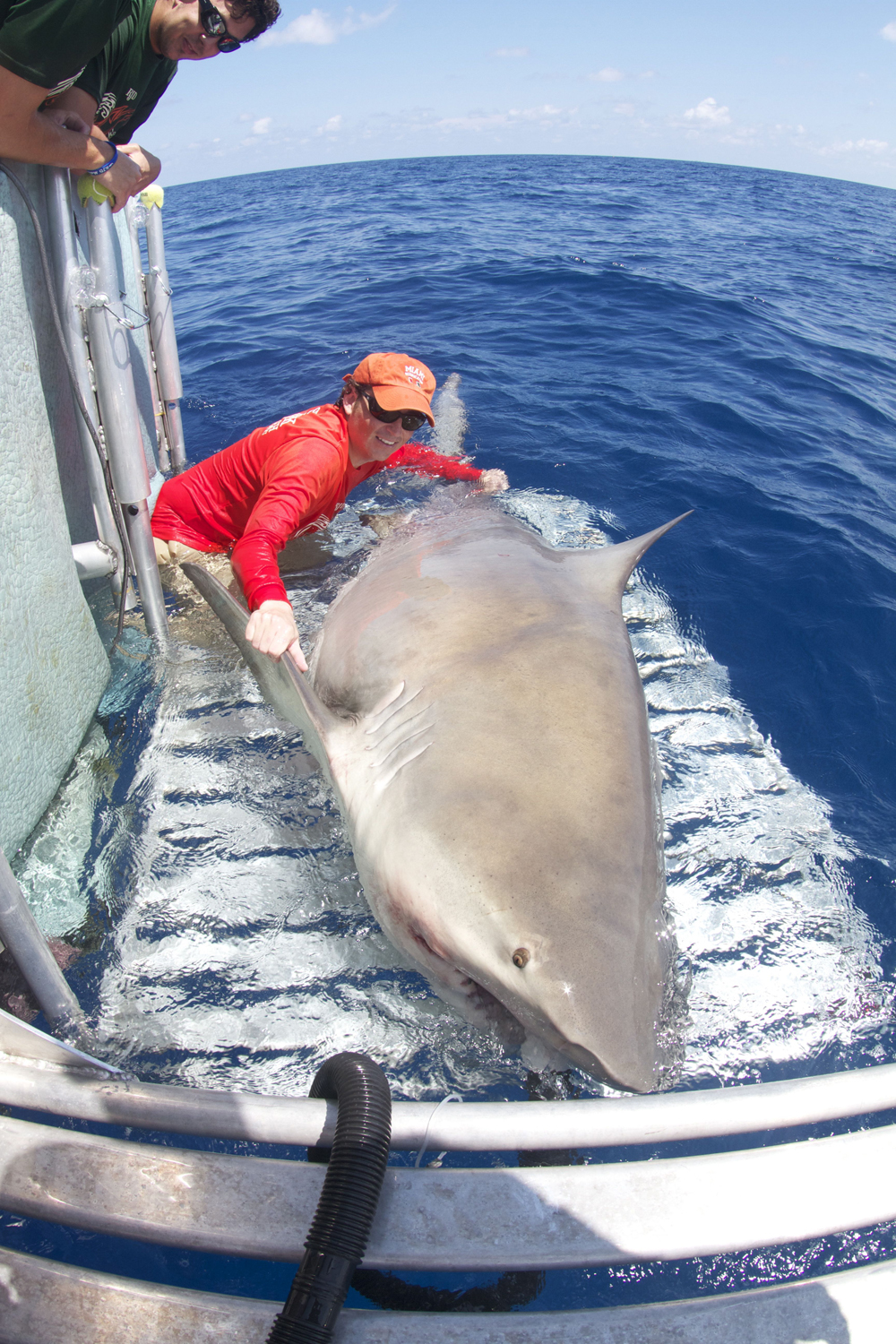
For scientist Neil Hammerschlag, it was just another Sunday. He was out cruising the reefs near the Florida Keys, hunting for sharks not as trophies, but for research aimed at keeping them out of display cases and in the water. In many places, these iconic predators are disappearing.
A research assistant professor at the University of Miami, and the director of its R. J. Dunlap Marine Conservation Program, Hammerschlag spends every other weekend in southern Florida dragging baited, shark-safe lines behind a boat, hoping one of his research subjects will take a bite.
[Full Story: Photo: Giant Bull Shark Surprises Researchers]
Rare shots
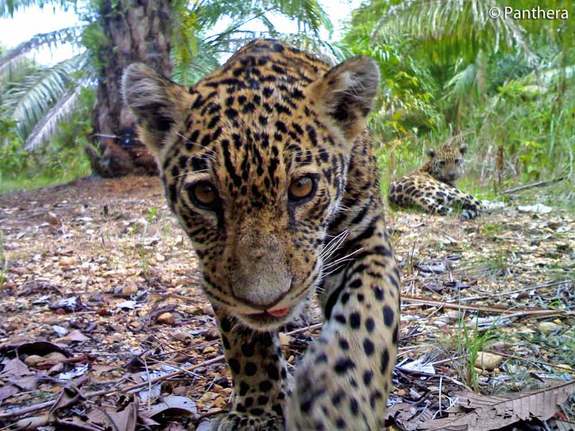
For the first time, cameras have documented wild jaguars with cubs in an oil palm plantation in Colombia, a conservation organization announced today (June 6). This is significant for conservationists who hope to protect the wild cats' populations because it indicates jaguars are willing to enter the plantations, which can break up their natural habitat.
The wild cat conservation organization Panthera set up hidden cameras, called camera traps, in an oil palm plantation in Colombia's Magdalena River valley. They ended up capturing photos of two male jaguars and a female jaguar with cubs, as well as a video of a male jaguar.
[Full Story: Rare Photos Reveal Elusive Jaguar Cubs on Oil Plantation]
Party time
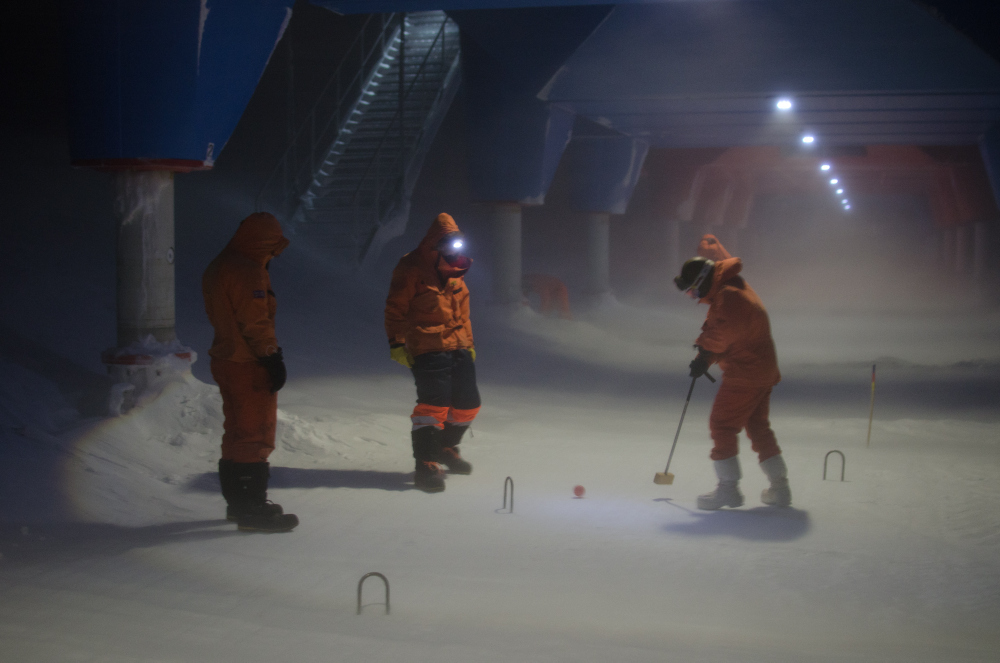
Fancy a game of croquet in 40 mph (64 kph) winds and temperatures of minus 22 degrees Fahrenheit (minus 30 Celsius)?
That's just one of the activities that a group of British scientists and technical staff wintering over at the Halley Research Station on Antarctica's Brunt Ice Shelf participated in to celebrate the Queen's Diamond Jubilee.
[Full Story: Celebrating the Queen's Jubilee, South-Pole Style]
Smoke Billows
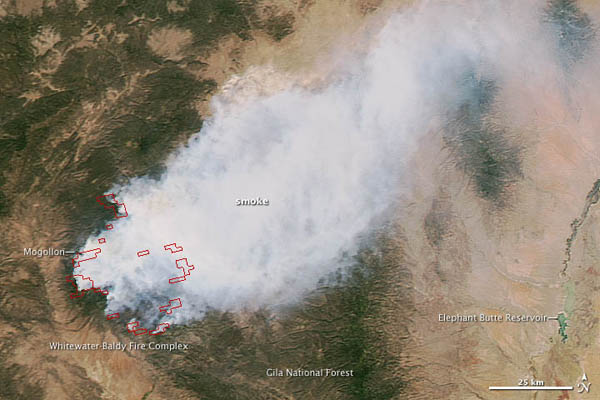
A NASA Earth-observing satellite has snapped a photo of the huge wildfire chewing up vast swathes of southwestern New Mexico.
The Whitewater-Baldy fire, which was sparked by a lightning strike on May 16, has burned roughly 377 square miles (976 square kilometers) as of today (June 4), making it the largest wildfire in New Mexico history. NASA's Aqua spacecraft captured a view of the conflagration from space, showing vast plumes of smoke billowing over the rugged Gila National Forest near the borders with Arizona and Mexico.
[Full Story: Huge New Mexico Wildfire Spotted by NASA Satellite]
Lines in the Sand

Deep in the Sahara Desert, winds blowing from the north have sculpted the sand into large, linear dunes that run parallel to the winds themselves.
These sand dunes shown here in the Great Sand Sea of southwest Egypt are easily spotted from space, as in this image taken by astronauts aboard the International Space Station. Local maps show that these dunes rise 66 to 98 feet (20 to 30 meters) above the surrounding plains, according to a NASA statement.
[Full Story: Earth from Space: Linear Sand Dunes]
Holey Cloud!
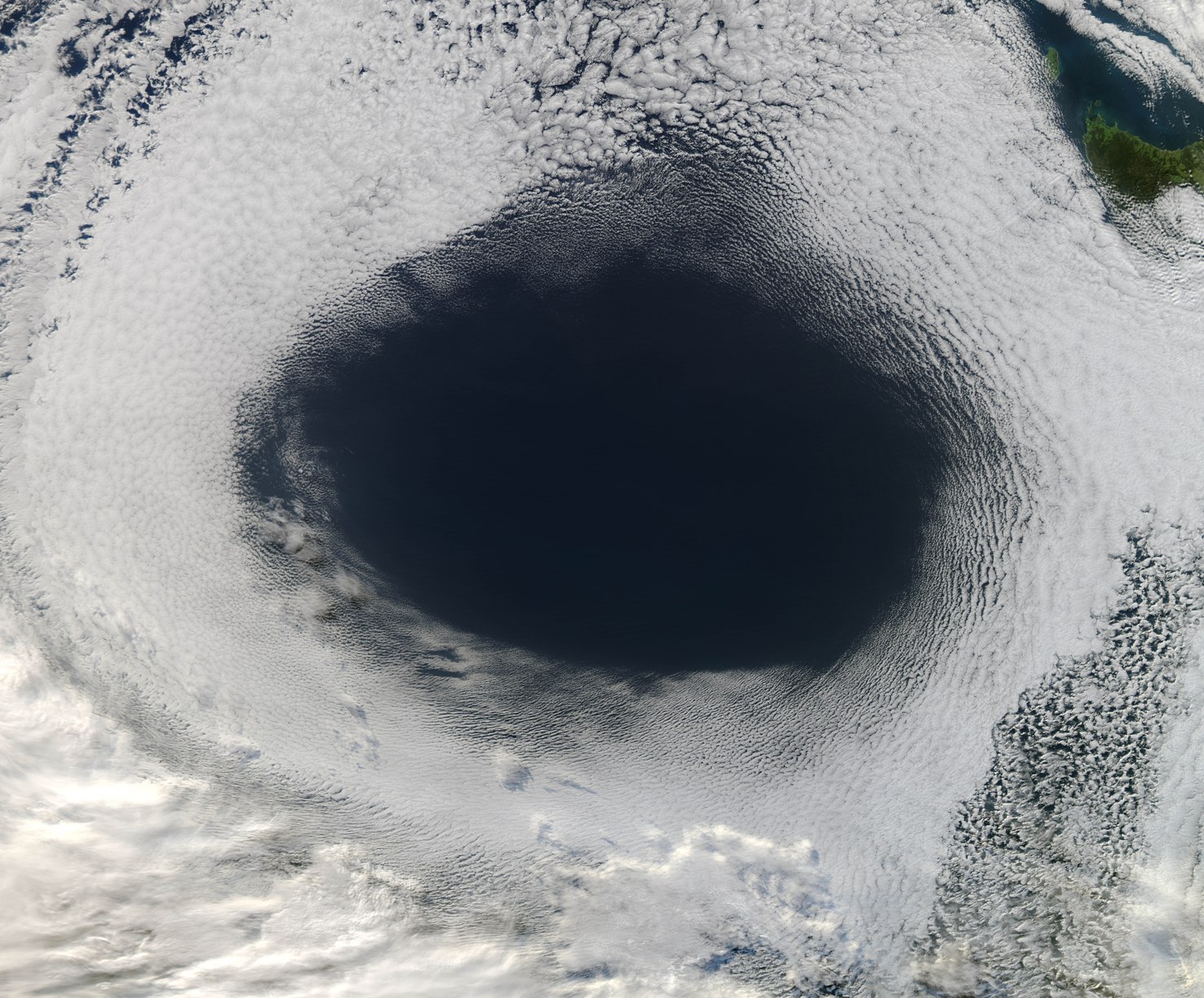
NASA's Aqua satellite caught an arresting image of a strange, enormous weather system off the coast of Tasmania June 5, featuring a cloud hole wider than 620 miles (1,000 kilometers) at one point.
Analysis by NASA scientists found that the hole was caused by sinking air associated with a high pressure system off the surface of the Great Australian Bight, a huge bay to the continent's south. The oval-shaped hole was cut out from a blanket of marine stratocumulus clouds.
[Full Story: Huge Cloud Hole Photographed by Satellite]
Get the world’s most fascinating discoveries delivered straight to your inbox.



